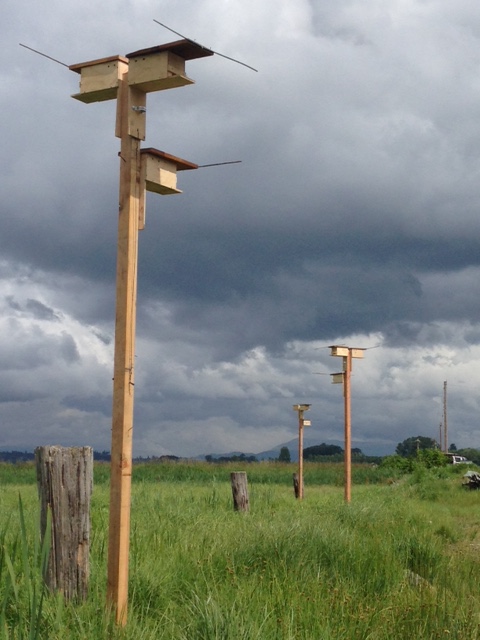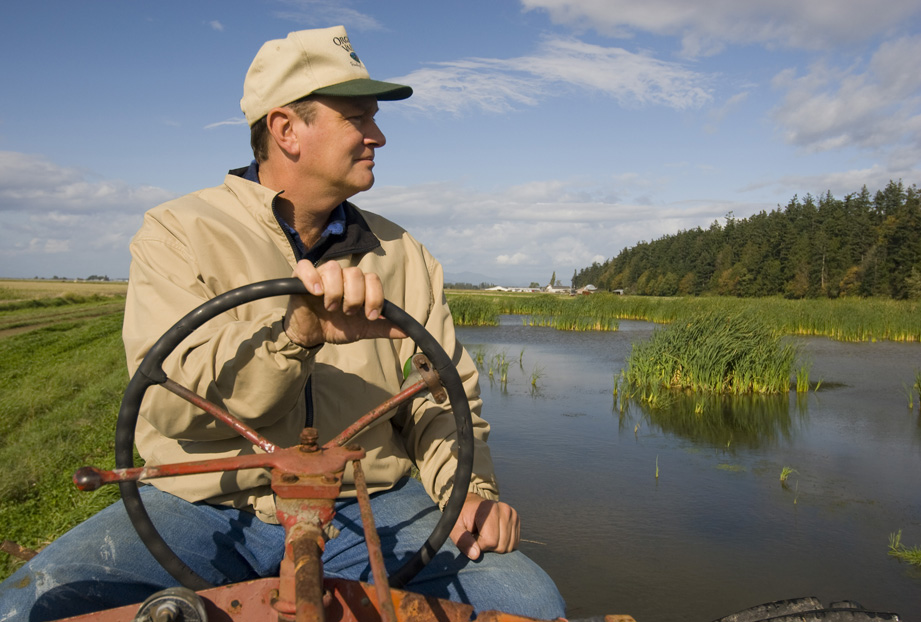Through sideways rain as the tide rushed behind him, the tribal chairman talked about the turning point that this project represented.
Do you have launching toe? Probably not, unless you’re a levee!
On moving ground in the Skagit Valley: observing sediment and climate change
Written by Jenny Baker
Senior restoration manager for The Nature Conservancy in Washington, based in Mount Vernon
Most of my time is spent on projects where I see both river and tidal processes at work moving sediment toward what I call the "big pond" of Puget Sound. When moving water gets close to that big pond, the sediment settles out in the lowest parts of river channels and out across marshes and beaches.
We've had several major storms this winter that have given me a glimpse of how sediment movement will change with climate change — it is estimated that bigger and more frequent floods in the Skagit River could carry three to six times more sediment toward Puget Sound. At the same time, sea-level rise will move the edge of Puget Sound — and the zone where sediment settles — farther up river channels.
And we may already be seeing this in the Skagit Valley. Eric Grossman, a scientist from the U.S. Geological Survey, has looked at how the river bed has changed over the last 35 years. He found that a lot of sediment has settled and the river bed has gotten shallower. Below is a graph showing that the depth of the river bed at a location near Mount Vernon has gotten shallower by almost 10 feet between 1975 and 2012 (the lower portions of the graph is the river bed).
This has ramifications for how much room there is for water to flow through the river channel and out into Puget Sound — sediment deposited farther upriver means less room for floodwater before it spills out into homes, businesses and farms. And sea-level rise adds to the impacts communities experience as higher tides back the rivers up into shallower channels. Dikes and levees along rivers were built for historic sea levels and river flows. But we're seeing already water spilling over dikes close to Puget Sound. Below is a photo of a dike on Fir Island during a storm in March.
Most might not think about changes in sediment being associated climate-change impacts, such as flooding. But as I am learning, changes in the amount of sediment that comes down rivers and settles out can be a major contributor to climate-change impacts in communities located near lowland rivers. Expect to hear more about sediment and climate change impacts in the future.
































